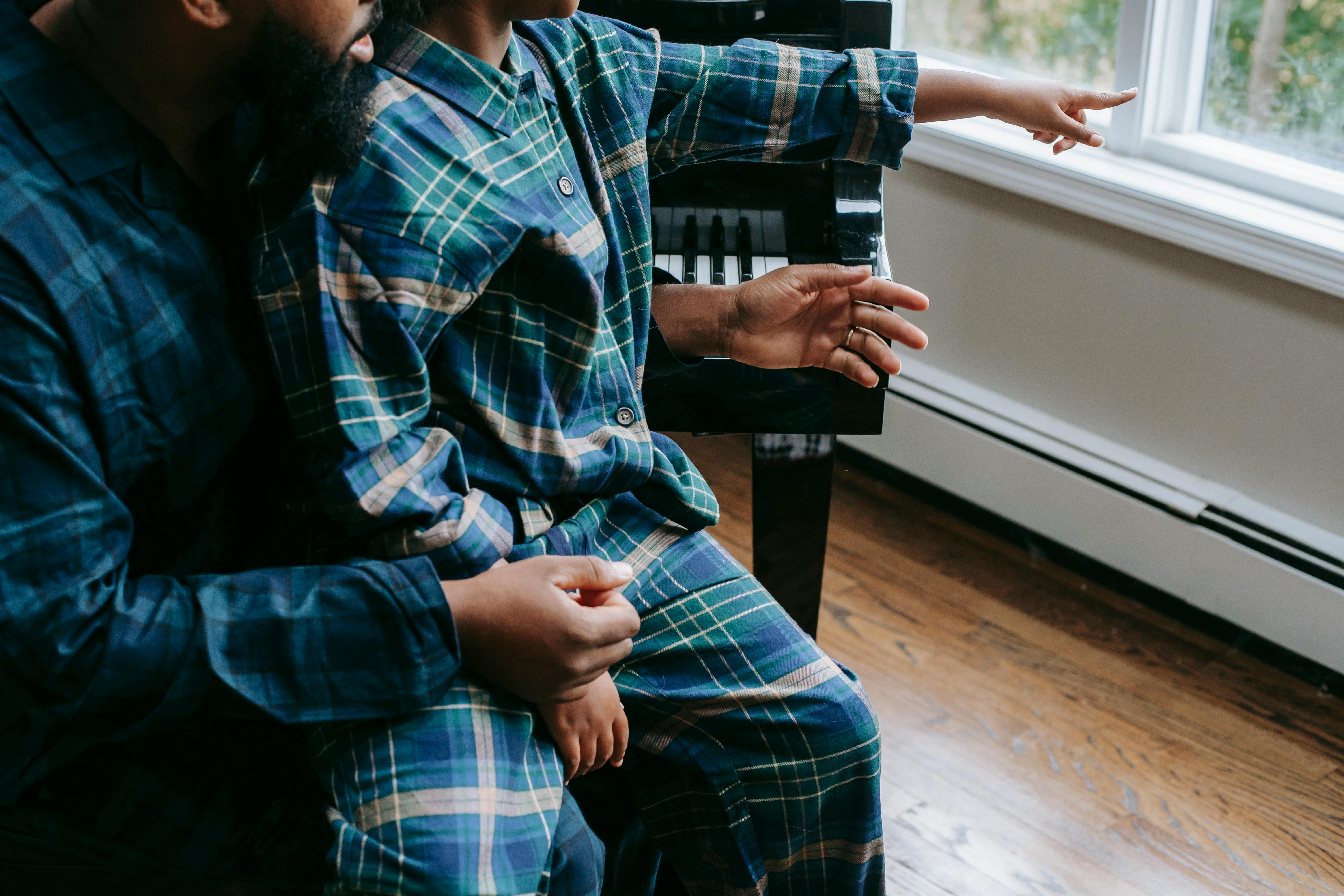You’ve just come home from the store after doing your research, or you’re the proud recipient of a treasured gift.
You unbox your new guitar with fierce anticipation. Light shines on the highly polished surface. Your new amp and new cables are ready to go.
There they sit.
Now what?
First, here’s what NOT to do: Worry… Panic… Feel overwhelmed.
The bad news is that no one is born knowing how to play the guitar.
The good news is that many others have blazed a trail for you.
The practical tips in this article will help you get started on the right foot. Think of them as “pre” lessons for beginners.
Step 1: Buy a music theory book.
Musicians don’t like to admit it, but it’s hard to play well if you don’t understand the basics of music. You can probably get by, possibly for a long time, without knowing music theory. But you don’t want to “get ahead.” You want to enjoy the instrument. You want to understand how to play a melody, improvise a solo, or substitute a difficult chord for an easier one. It’s not hard, just study a little music theory every week.
My favorite theory book is “Practical Theory – Complete” by Sandy Feldstein. Though not specifically for guitar, this consolidated version of his multi-volume set is packed with good-paced material, clear explanations, and exercises to check your understanding (answers are at the back of the book). Work from front to back, or use the detailed table of contents to jump directly to a specific topic. It’s a steal at around $10.
Step 2: Purchase two or more guitar instruction books with DVDs.
The best beginner guitar instruction books include a DVD. The book will provide traditional written instructions, reference tables, a glossary, and more. A well-made DVD should include demos, instructions, tuning help, plus simple drums and backing tracks to play.
Fender has two very good instruction books with DVDs, one for acoustic guitar (“Fender Presents: Getting Started on Acoustic Guitar — A Guide for Beginners”) and one for electric guitar (“Fender Presents: Getting Started on Electric Guitar — A Beginner’s Guide”). They’re pretty much interchangeable, so pick just one. Each contains step-by-step instructions for learning tuning methods, essential chords, scales, how-to tips, picking and strumming techniques, basic instrument care, and more. The DVD contains over three hours of material to help illustrate the material in the book, plus backing tracks for exercises, an animated fretboard, and visual aids for things like finger placement, strumming, muting, and much more. .
Books and DVDs won’t replace a good instructor, nor will they teach you an in-depth guitar method, but they are a great way to get started.
Step 3: Buy a couple of simple songbooks.
There are a million of them out there. Buy them with songs that are familiar to you and have only a few chords per song. Most include chord charts to refresh your memory. Don’t worry too much if some songs have chords that seem complex: come back to them later, simplify the chord by playing just the first three strings, or have someone show you how to change the key with a capo.
Here are some recommendations: “Country Licks For Guitar” by Steve Trovato and Jerome Arnold features lead guitar licks from the masters of country guitar: Chet Atkins, Jimmy Bryant, James Burton, Albert Lee, Scotty Moore, plus… a CD (included) contains normal and slow speed backing tracks. The “Instant Guitar Fakebook”, edited by Peter Pickow, contains over 150 songs, plus chord diagrams and photographs. Songs include melody line in music and tablature, with lyrics. Have fun with “Front Porch Songs,” a collection of old-time songs, stories, and cheesy jokes compiled by Wayne Erbsen. Warner Brothers’ “The Greater Guitar White Pages” is a great collection of songs spanning various years and styles, from Herman’s Hermits’ “Mrs. Brown You’ve Got A Lovely Daughter” to Def Leppard’s “Photograph” and Smash . Soundhole “All Star”.
Stage 4: Find a way to learn from others.
I started in a classroom, where your mistakes mix in a concert of mistakes. It’s not intimidating at all.
Of course, individual lessons are the best way to learn by avoiding bad habits…assuming you find the right instructor. Ask around and don’t be afraid to change if you’re not learning and having fun.
Jamming with friends is a great way to start playing. You’ll be encouraged to practice, and they’re sure to understand the occasional missed chord or puzzled look that comes their way.
Since you are reading this, you are part of the online community. There are a number of guitar sites on the Internet. I recommend the community-oriented http://www.guitarnoise.com for instruction and sharing for guitarists of all levels. My own site, start-playing-guitar.com is geared towards guitarists who are absolute beginners, right up to those who are just starting to play with others. Both sites are updated regularly. Take a few minutes to look at each one.
Step 5: Practice every day.
It can be hard, especially when you’re just starting out, but it’s the only way you’ll get better. At the very least, work on some of your favorite material every day.
Step 6:Have fun!
This is the most important part, enjoying your new guitar!
Mary Poppins said that “a spoonful of sugar helps the medicine go down.”
Snow White’s Seven Dwarfs made her work day easier by advising: “whistle while you work.”
So: Play with others… Turn it up really loud when you’re alone… Get a simple drum machine for backing… Learn a very simple song and play it to the max… Whatever!
A lifetime of learning and fun awaits. Now go start!
